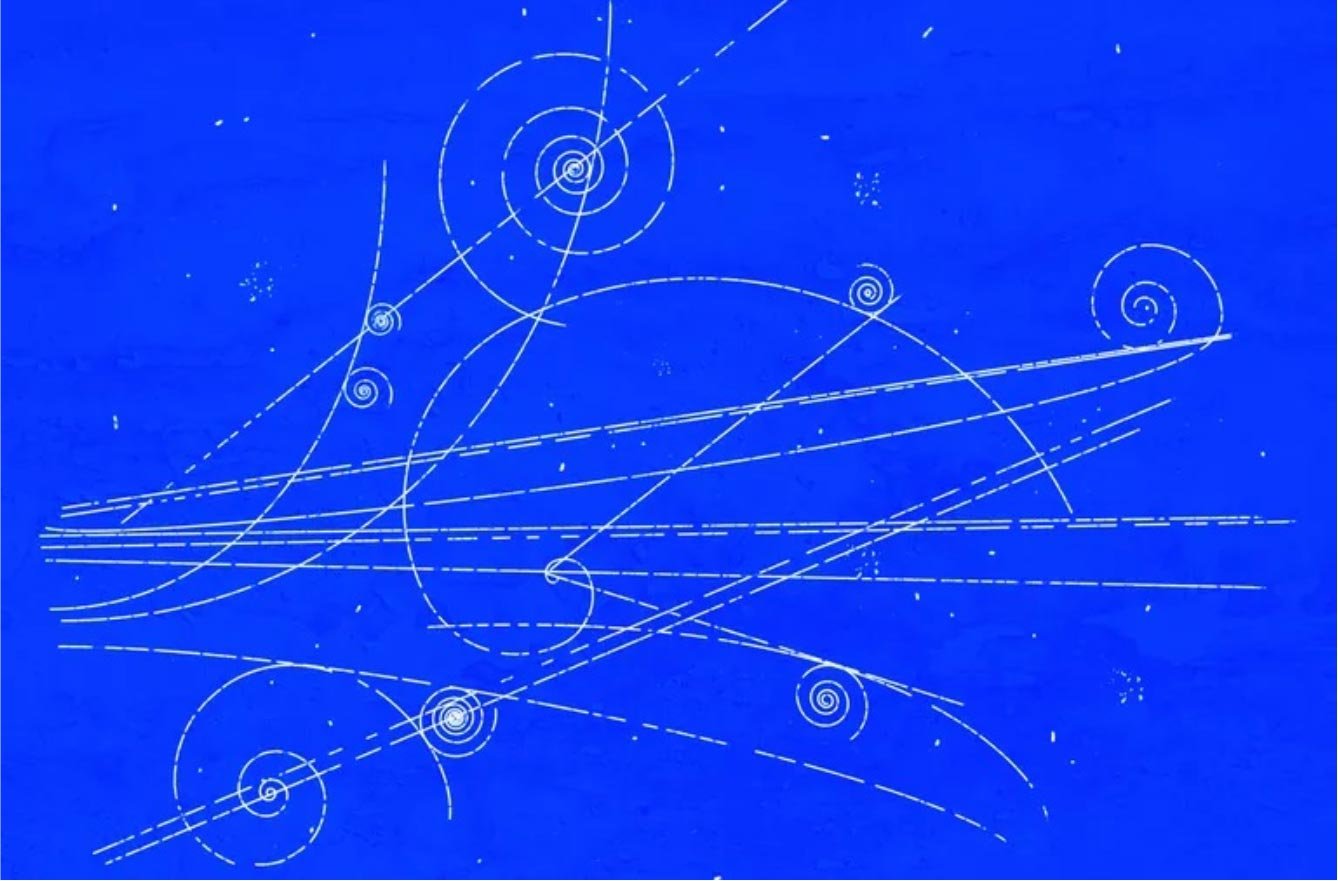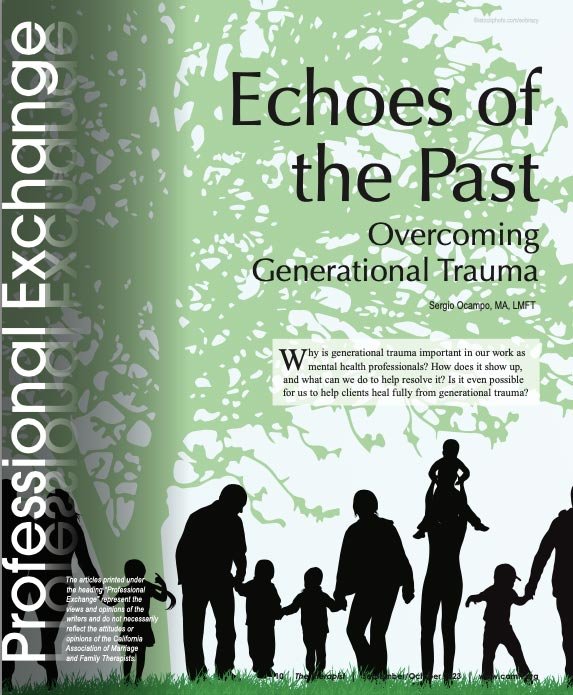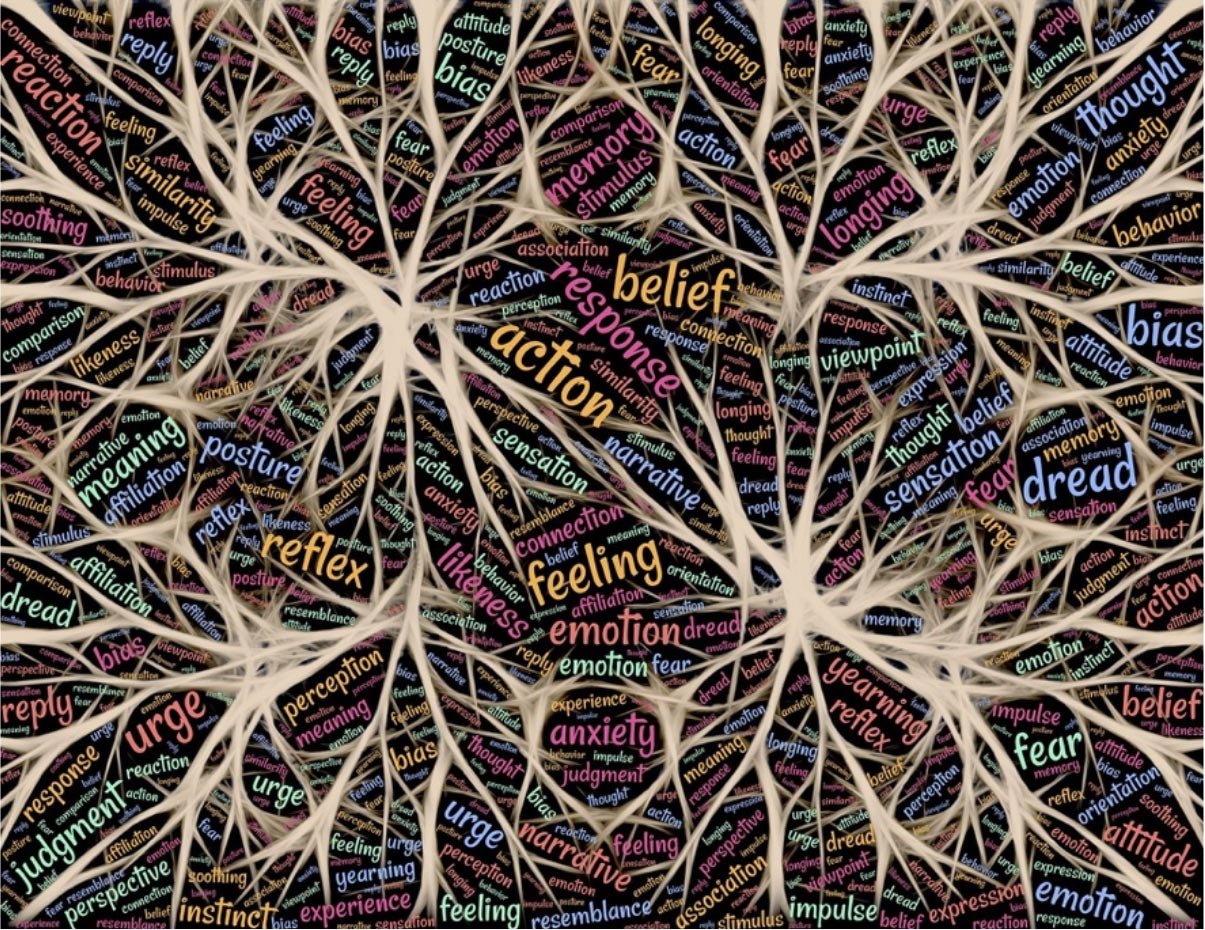I met Arthur Lincoln Pauls, D.O., 33 years ago, and my mission, then and now, is to demystify his work and make it accessible to everyone. In Part 1 of this two-part series, I will explore the foundational skills behind the powerful visual imagery Phase 7 work of Dr. Pauls and how you can build that skill set. As luck would have it, being able to focus intently with visual imagery is also profoundly helpful for health and wellbeing, hence the title of this series. This article is not a class on Phase 7 per se, but offers my take on the importance of using imagery in our daily lives. While the contents of Dr. Pauls’ brilliant Phase 7 work are only taught in a class setting, my hope here is to introduce new students to the power of this work, offer others a new perspective, and make the case for using imagery daily to support health, wellbeing, and effectiveness in our work.
What is imagery?
There may be many definitions, depending on the application, but for the sake of this discussion, we can define imagery as creating an experience of something in our minds. It could be an image from the past, present, or future, or not be related to any timeframe.
Imagery is something most of us do every night in the form of dreams but very rarely during the day. There are seven kinds of imagery: Visual – seeing the beautiful orange tree, Auditory – hearing the wind blow through its leaves and the birds singing on its branches, Kinesthetic – feeling your body move as you reach for an orange, Tactile – the touch and feel as you pick the orange, Olfactory – the smell as you peel the orange, Gustatory – the taste of the orange, Organic – the internal sensation of fulfillment after eating the orange. This article focuses on visual imagery. However, it is a general principle that linking different aspects of imagery together strengthens the image. Hence, the orange tree experience can be encoded into a complete guided imagery experience.
To practice this, create your own guided imagery experience with a favorite place, a favorite experience, or a made up place or experience. Create all seven kinds of imagery and let yourself experience them spontaneously in your own flow for about 15 minutes. Keep this sacred meditation as a safe space that you can visit anytime you wish to feel better. Practice a few times a week to build your imagery brain circuitry.
I have used the above meditation process to help myself on many occasions when I was in need of some form of support during times of stress. You can use this guided meditation in in the same way.
Imagination is the creative process that produces imagery. This fundamental human capacity is responsible for all our progress as a species. The arts, sciences, and their inventions are very much products of imagination. According to leading brain and artificial intelligence researcher Alex Schlegel, while imagining the human brain uses a “work space” with a neural network that coordinates activity across several regions of the brain and can organize symbols, images, ideas and theories in an integrated fashion for high-level creativity. Functional MRIs show many parts of the brain lighting up during imagination and mental imagery.
This complex activity of imagination and imagery is exactly what Dr. Pauls worked with in his Phase 7 process, but few practitioners have been able to match his level of mastery. In fact, most students or practitioners that I have polled have trouble with visual imagery while doing Phase 7 and report doing Phase 7 in their own way. While doing things in our own way is a hallmark of Ortho-Bionomy and a guarantee of its authenticity, the sheer number of Phase 7 students and graduates having trouble with imagery leads me to wonder if our current culture has reduced our capacity to imagine.
Imagination with its product of imagery is an advanced form of brain activity. In its apparent decline, I am drawn to look at how the world we grew up in allowed our minds to develop. The advent of the electronic age, starting with the TV, has weakened our ability to imagine. Joseph Chilton Pearce in his 1977 groundbreaking book Magical Child states: “Television provides a stimulus and the response to the stimulus simultaneously.” Consequently your mind does not have to do the work of creating images in order to be entertained. If you would like to test this out for yourself, try listening to an old-time radio show and notice how your mind can visualize the story with only auditory cues; notice how you feel during and after. Then watch a normal scripted TV show or movie and notice your experience. Reading a good book can also bring about images in our minds. When they are not supplied for us, our mind has to create mental images on its own. From what I can see, the mind really benefits from this activity. In my opinion, imagery is such an integral part our inner workings that we are in our true state of wellness when we are using it on a daily basis. Furthermore, studies on optimism have shown that the ability to generate vivid positive future-oriented mental imagery is associated with an overall optimistic disposition. You can test that for yourself with the new skills you are learning.
Think of an aspect in your life that you are looking forward to, and create a guided imagery of a positive outcome using the skills in the last exercise. Release all concern about the actual outcome and stay engrossed in the actual imagery you are creating. Make sure and include visual, kinesthetic, auditory, and organic forms of imagery, and be open to tactile, olfactory and gustatory aspects if they flow naturally into the process. Let the imagery unfold organically as you stay attuned to your desire. See it, feel it, and experience it as real, and notice how this affects your mood and yourself image.
Fritz Perls, founder of Gestalt therapy, offered insight into the healing of the mind during the human potential movement of the 1960s. Gestalt stands for seeing the whole of something that is greater than the sum of its parts. This is how we were designed to perceive for peak clarity and happiness. The only exception is when we are keenly focusing our attention on a single thing. Seeing things in a Gestalt fashion has a unifying effect on our entire being. Fragmentation of mind occurs when we are not tuned into our surroundings and are flitting from thought to thought, unable to have a unified experience. Imagine sitting in a doctor’s waiting room, flipping through a magazine. This disorganized state of being is never comfortable, whether we recognize the discomfort or not; even though it may be an automatic response, it lacks ease and promotes an insidious contraction in the body.
The skyrocketing incidence of Attention Deficit Disorder is more than a coincidence from my point of view, given the way we live today. The Information Age, with its ever-efficient delivery systems, is making our attention spans shorter and shorter. The result is a lower set point for happiness and wellbeing. By slowing down our mental processes, becoming more observant, and taking in what is meaningful to us in each moment, wherever we are, we can help unify our minds and provide greater access to our imagination.
You can practice this by paying attention to details in your environment that you are drawn to notice, then stepping back and seeing the whole. If you take a walk around the block every day, it’s always a different walk, because your environment is different and you are different. What will you notice next time? Perceiving life in this Gestalt way, rather than being inattentive and distracted, will strengthening your mind and your ability to visualize and create pictures in your mind, because visualizing is the product of seeing. In other words, if you really open up your eyes and see everything around you in fresh detail, when you close your eyes, it will be easier to access imagery.
The beauty of being observant is that you can practice it anywhere, because wherever you are, there is always something to notice and stay with in your awareness. You can even try this at a time when you would ordinarily be aggravated, like when you find yourself stopped in freeway traffic. There are many things that you can notice and still remain safe while driving; all you have to do is notice what you are drawn to see. Keep noticing until you find something that is meaningful or interesting to you and focus on it. As soon as you do, you will be present and in tune with your environment.
Before Dr. Pauls started teaching Ortho-Bionomy, he taught driver’s education. He often used the metaphor of driving to bring home a point about energy and flow. He would refer to the energetic connection of all the drivers creating “a flow,” and he would point out the intricate patterns the drivers created together. Then he would point out how the entire flow would be disturbed if a driver were disconnected and unaware, and how that affected everyone else and could even lead to an accident. Dr. Pauls was one of the most observant people I have ever met, and I am sure that was part of how he was able to practice Phase 7 imagery with such mastery.
To build the mental muscles of imagery, try this exercise. Try looking at something you like in exquisite detail, and tell yourself, “I’m really seeing this right now.” Then close your eyes and try to see it in your mind. If you have difficulty, think about what it really means to you, and see if it starts appearing clearer in your mind’s eye. The deeper you can discover what it means to you, the sharper the image will become. Notice how your body feels when the imagery clicks into focus.
For those of you who have learned Phase 7, practice it daily for two weeks as it was taught to you with the classic visualizations for at least 5 minutes a day. See if you notice your health improving, and also notice if things in your life generally seem to be getting better. Doing this for myself really helped me to become healthier on many levels, and is what inspired this series of articles.
To continue to improve, go back through this article and make a list of things you would like to practice. You can also be creative and make up things on your own about what to practice and where to practice. Practice your list consistently during very brief intervals throughout the day until it merges with how you live your life. Notice if improvements in your ability to be present improve how well imagery works for you, and if so, notice any improvements in your mental or physical health, your productivity, your sessions, and your own creative efforts, and know that your efforts made it so.
In Part 2 of this series, I will explore the process of connection and how that, along with imagery can create a powerful combination of skills that can get us ever closer to the mastery of Arthur Lincoln Pauls. Our mission is to help people to use Phase 7 principles as a life-mastery process to alleviate suffering, improve relationships, improve health, and achieve success. To this end, we offer private tutorials, ongoing online classes, and live workshops on Phase 7 principles for Life Mastery.








